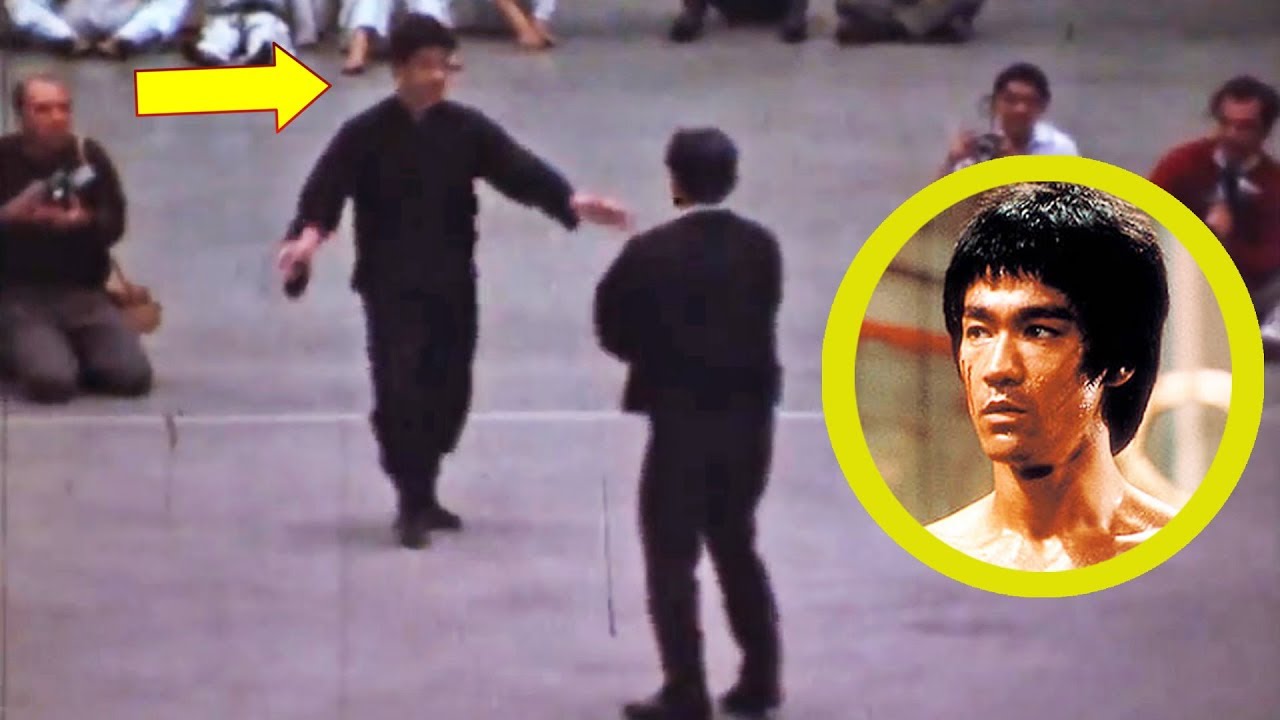

When Bruce Lee was mocked for having amateur skills with the nun-chucks by a reputable nun-chukka expert, I made excuses for Lee. Is the martial artist’s performance quantifiable? Validated? More than a few-men tournament? More than some showy, inconclusive video clips? Not just word of mouth and interpretations and opinions? Even in the martial arts world of sub-cultures and hero worship, there is a dueling school of thought that considers facts when gauging anyone’s worth as a fighter: fight record. In the martial arts world, Bruce Lee was widely considered a teacher exclusively, not a fighter. Dan Inosanto) were easily accepted by me, as it was understood that they were to always be beneath him.

Martial artists who were presumed to be lesser martial artists because they had always been mentored by Bruce Lee (e.g. And because it continues to be a common hypothetical question of who would win in a fight between Bruce Lee or Mike Tyson, I learned to hate Mike Tyson because he was considered to be dangerous enough to be mentioned in the same breath. Chuck Norris, Bob Wall, Ji Han Jae, and to a certain extent, Kareem Abdul Jabbar, were professionals who I always would bash only because they were respected fighters and athletes who had proven themselves to the world in contrast to Lee – and Bruce Lee was, simply, not proven. It is the classic psychology of idolatry. While I celebrated Bruce Lee, I vilified everyone who seemed to contest him. When I went to college, I used Bruce Lee clips to make a video about the Ramayana, the ancient Hindu epic, and named it “Enter the Ramayana.” Bruce Lee was martial arts’ Moses. I even put all of his fight clips into video and studied his moves.

I studied Jun Fan and believed everything I read about Bruce Lee. I read the Tao of Jeet Kune Do and all his pamphlets, including the one about the one-inch punch. Like many of you, I grew up wanting to believe, in every way possible, that Bruce Lee was, and will forever be, the greatest fighter to have ever walked the planet.


 0 kommentar(er)
0 kommentar(er)
